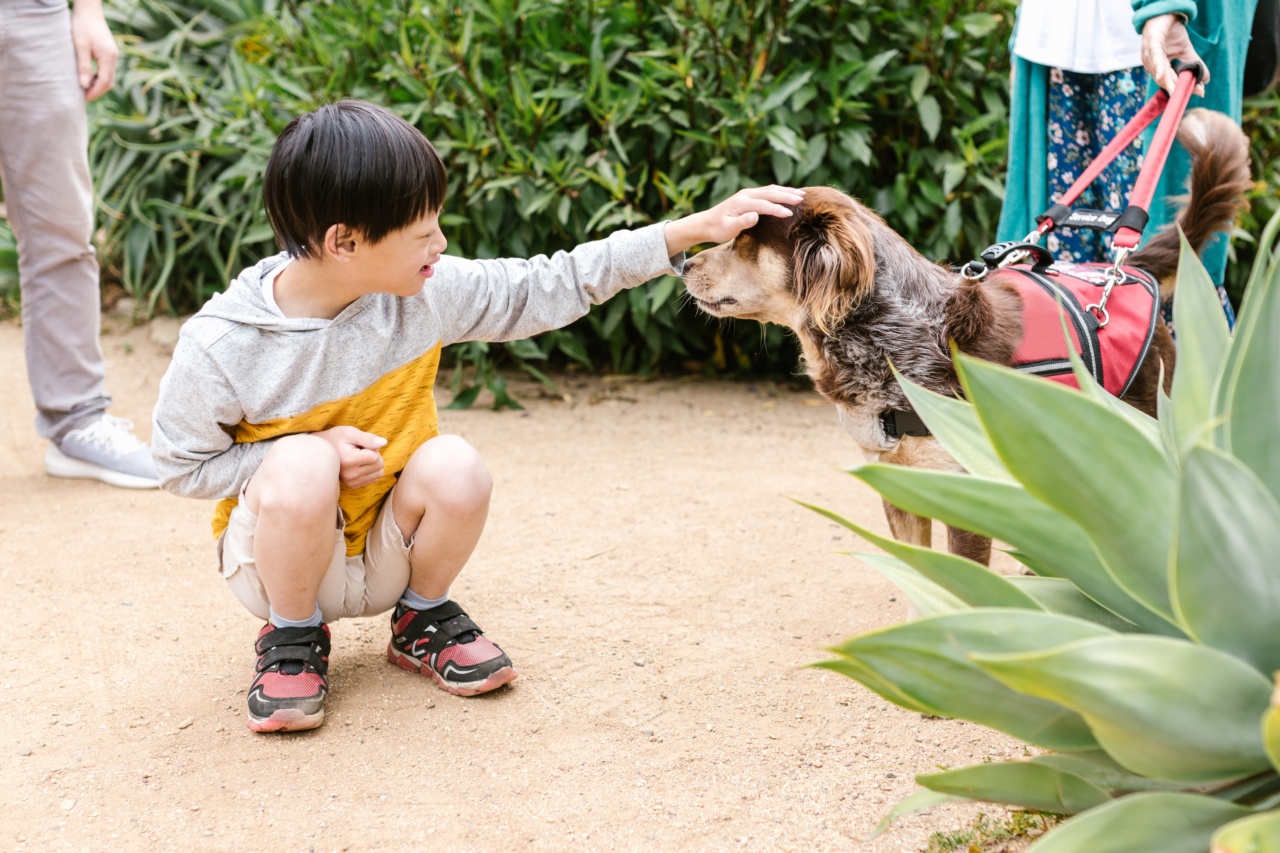As a responsible dog owner, you understand the importance of taking care of your furry friend’s overall health.
While regular veterinary check-ups and vaccinations are common practices, many pet owners tend to overlook an essential aspect of their dog’s well-being – dental care. Just like humans, dogs can develop various dental problems that can lead to discomfort, pain, and even life-threatening conditions if left untreated.
In this comprehensive guide to dog dentistry, we will explore everything you need to know to ensure your dog’s dental health.
Why Dog Dental Care Matters
While dogs’ dental anatomy may differ from ours, their teeth still require regular maintenance and care.
Ignoring your dog’s dental hygiene can lead to an array of dental issues, including gum disease, tooth decay, bad breath (halitosis), and even systemic infections that affect other organs. Additionally, untreated dental problems can cause your beloved companion unnecessary pain and discomfort. By implementing a proper dental care routine, you can prevent these issues and keep your dog healthy and happy.
Common Dog Dental Problems
Understanding the common dental problems that dogs can face is crucial for early detection and prevention. Here are some of the most prevalent dental issues in dogs:.
1. Gum Disease
Gum disease, also known as periodontal disease, is one of the most prevalent dental problems in dogs. It starts with the formation of plaque on the teeth, which eventually hardens into tartar.
If not removed, tartar can lead to inflammation, infection, and even tooth loss. Regular dental cleanings and proper oral hygiene are essential in preventing gum disease.
2. Tooth Decay
Just like humans, dogs can also develop tooth decay or cavities. This is commonly caused by a high-sugar diet, lack of oral hygiene, or trauma to the teeth.
Tooth decay can result in pain, infection, and tooth loss, making it crucial to address any signs promptly.
3. Broken or Fractured Teeth
Dogs are known for their chewy nature, which can sometimes lead to broken or fractured teeth. Certain breeds, such as those with brachycephalic (short-nosed) features, are more prone to dental injuries.
Broken teeth can expose sensitive nerves, causing pain and potential infection.
4. Oral Tumors
Oral tumors in dogs can be benign or malignant growths that develop in the mouth. These tumors can cause various oral health issues, including bad breath, difficulty eating, and bleeding gums.
Regular dental exams can help identify any suspicious growths and allow for early treatment.
Preventive Dog Dental Care Practices
Preventing dental problems in dogs involves implementing a regular dental care routine and making sure your dog maintains a healthy diet. Here are some essential preventive measures to keep your dog’s dental health in check:.
1. Brushing Your Dog’s Teeth
Regular brushing is one of the most effective ways to maintain your dog’s dental hygiene. Use a soft-bristled toothbrush and canine-specific toothpaste to gently brush your dog’s teeth.
Gradually introduce tooth brushing to your dog to ensure they are comfortable with the process.
2. Providing Dental-Friendly Chews and Toys
Chewing on appropriate toys and treats can help keep your dog’s teeth clean by reducing plaque and tartar buildup. Opt for dental chews and toys designed to promote oral health. Avoid hard toys that can potentially cause dental fractures.
3. Feeding a Well-Balanced Diet
A nutrient-rich diet is essential for maintaining your dog’s overall health, including their dental well-being. Consult with your veterinarian to ensure your dog is receiving a balanced diet that suits their specific needs.
4. Regular Dental Check-ups
Regular visits to the veterinarian for dental check-ups are crucial for preventing and addressing any potential dental problems.
Your vet can perform professional dental cleanings, identify early signs of issues, and provide necessary treatments or recommendations.
Professional Dog Dental Cleanings
While at-home dental care is vital, professional dental cleanings performed by a veterinarian are necessary to ensure a thorough examination and cleaning of your dog’s teeth. During a dental cleaning, your vet will:.
1. Conduct a Dental Examination
Your veterinarian will examine your dog’s teeth and gums to assess the overall dental health. They will look for signs of plaque, tartar, gum inflammation, or any other issues.
2. Perform a Dental Scaling
Professional dental scaling involves removing plaque and tartar buildup from all tooth surfaces, including below the gumline. This procedure is typically done under anesthesia to ensure the dog’s comfort and safety.
3. Polish and Fluoride Treatment
After scaling, your vet will polish the teeth to make them smooth, reducing the likelihood of plaque buildup. They may also apply fluoride treatment to strengthen the teeth and provide added protection.
Recognizing Signs of Dental Problems
Being vigilant and recognizing the signs of dental problems in your dog is essential for prompt treatment. Here are some common signs indicating potential dental problems:.
1. Bad Breath
While not all dogs have fresh breath, persistent foul breath can indicate dental issues such as gum disease or tooth decay.
2. Excessive Drooling
If you notice your dog drooling more than usual, it could be a sign of dental pain or discomfort.
3. Difficulty Eating
Avoiding chewing on one side or having trouble eating hard food can be indicative of oral pain or broken teeth.
4. Bleeding or Inflamed Gums
Red, swollen, or bleeding gums can signal gum disease or other oral health problems.
Conclusion
Dog dentistry is a crucial aspect of overall pet care that should not be overlooked.
By understanding common dental problems, implementing preventive measures, and seeking professional care when necessary, you can ensure your dog’s dental health and overall well-being for years to come. Remember, a healthy mouth leads to a healthy and happy dog!.






























